Texas Toast, Buffalo Wings & the History of 10 More Regional Favorites
By: Matt Meltzer

Credit: Flickr/Matt Male
Places around America love to identify with their style of food. Like a Chicago-style hot dog. Or a New York-style pretzel. And some Internet authorities even like to take the time to rank stuff like different pizza styles or explain regional ways of making barbecue.
But some foods just seem to have arbitrary city and state names thrown in front of them with no explanation whatsoever. Like Montreal steak seasoning tastes nothing like strip clubs and rude cab drivers. And according to maps, Coney Island is nowhere near Detroit. So we did some research as to why 12 popular foods have cities/states in the name, and this is what we learned…
More: 10 Foods You Love to Eat That Are Surprisingly Healthy

Credit: Kailley Lindman/Thrillist
Mississippi mud pie
Though it’s hard to imagine Americans giving up anything other than airtime on cable news for a war effort these days, during World War II many food staples were scarce. And desserts needed to be made with the simplest ingredients possible. Enter: the Mississippi mud pie, which was created by homefront cooks during the war using only flour, sugar, butter, egg, chocolate, coffee, cocoa, and water. While it did originate in the South, the name refers to its appearance and texture; it’s said to look like the mud on the banks of the, you guessed it, Mississippi River.
More: Things Restaurant Servers Say… And What They Really Mean
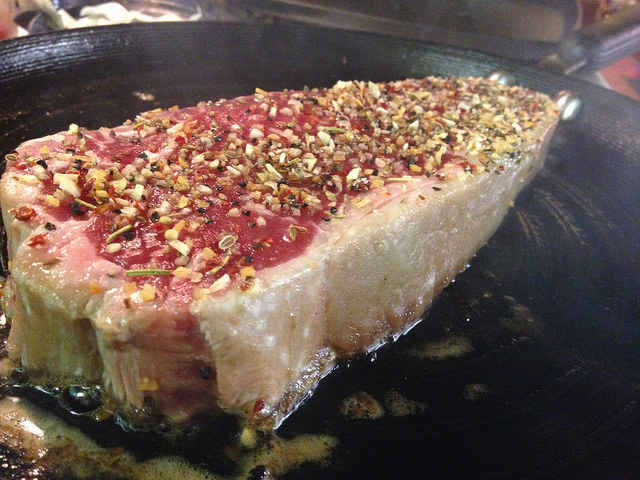
Credit: Flickr/Steven Depolo
New York strip
There isn’t much of a difference between a New York Strip and a Kansas City strip. Both are taken from the short loin, in the cow’s upper back between the ribs and the flank. The cut was first served en masse at Delmonico’s restaurant in New York and — as New Yorkers like to do — they assumed they were the only people who’d ever thought of a side of beef and named it after themselves. Meanwhile, folks in the beef-producing hub of Kansas City were serving the same cut in local steakhouses, and— not caring much care about New York City (New York City?!? Get a rope.) — they named it after their town as well.
More: 12 Myths About Wine Busted by a Sommelier
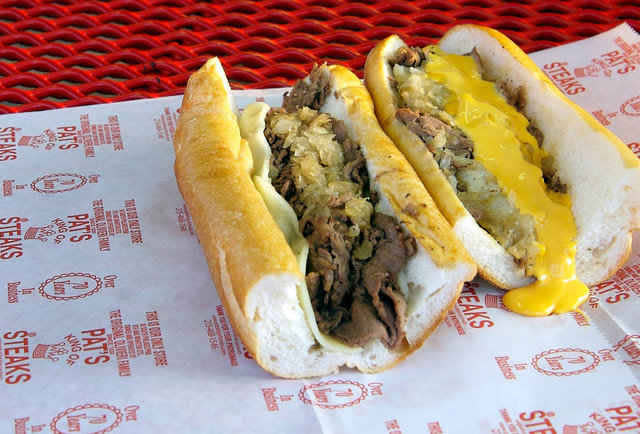
Credit: Thrillist
Philly cheesesteak
This sandwich is so associated with the City of Brotherly Love that there’s actually an entire section of Philadelphia’s tourism website devoted to its history. Their version: in the 1930s, South Philly hot dog slinger Pat Olivieri bought some loose meat from a butcher and tossed it on his hot dog grill. A passing cab driver smelled it, asked for said meat on a bun, and even WITHOUT posting filtered pictures of it on Instagram managed to make it a viral hit among cabbies. A few years later, Olivieri added cheese to the mix. Shortly after that, Joey Vento opened Geno’s across the street and the most famous sandwich rivalry in America was born.

Credit: Thrillist
Buffalo chicken wings
If you watch football regularly, there’s a good chance that you’ve consumed some sort of chicken wing. Probably within the last week. But until an erroneous chicken delivery to the Anchor Bar in Buffalo, New York, the wing was considered about as useful a part of the bird as the foot.
Yes, according to the Smithsonian (because it’s THAT much a part of American history), in 1964 a chicken purveyor incorrectly delivered a bunch of wings instead of chicken necks to Buffalo’s Anchor Bar. Co-founder Frank Bellissimo then asked his co-owner/wife Tessa to make some kind of bar app to help get rid of them. She cut the wings in half (drums and wings), deep fried them without breading, covered them in a buttery hot sauce, and served them with celery. An instant hit, within 30 years they were being served at Pizza Hut. But you know this.
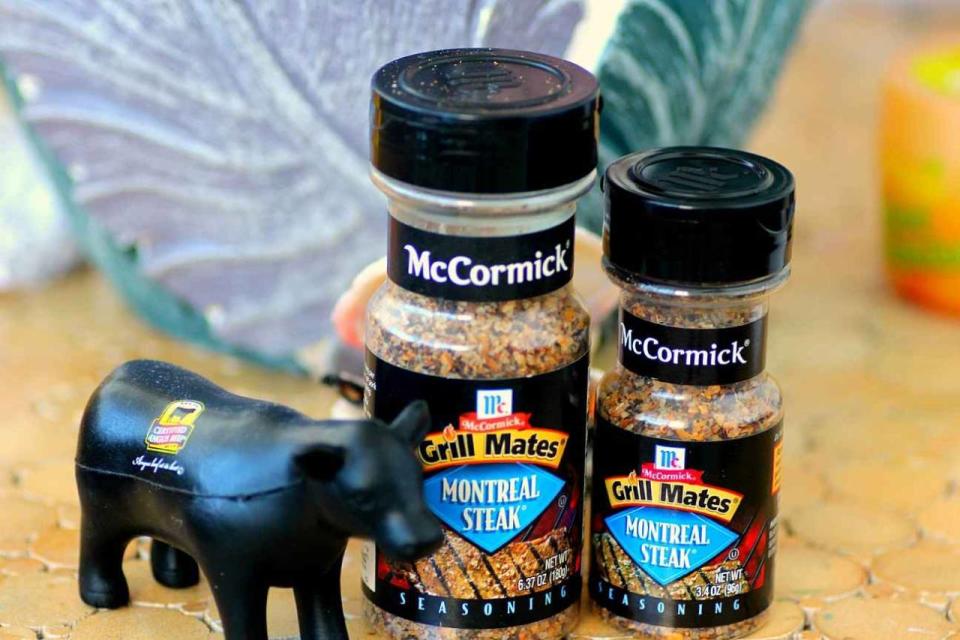
Credit: Matt Meltzer/Thrillist
Montreal steak seasoning
Ask most Montrealais why this steak seasoning is named after their city, and they’ll likely say something in French that loosely translated means, “How the eff should I know?” So bust out your Google translate and tell them: “It actually originated at a spot called Schwartz’s Deli in Montreal during the middle of the 20th century. There, a cook named Morris “The Shadow” Sherman used this special blend of spices on the deli’s steaks. Other delis started copying it and pretty soon every deli in the city had steaks with this flavor.”
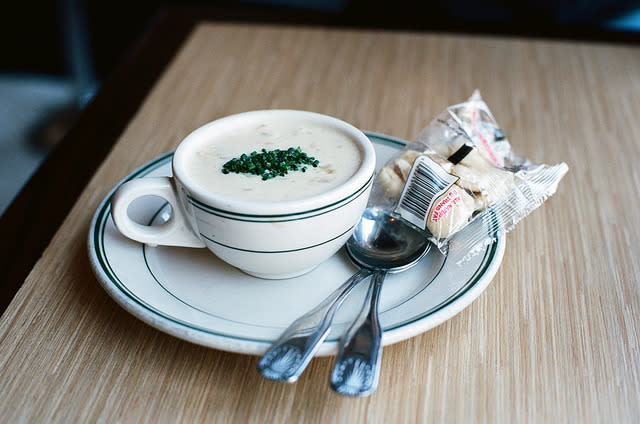
New England/Manhattan clam chowder
The chowder originated in colonial times as a sort of fish soup for fishermen who moved to New England from Newfoundland (pronounced like THIS); they’d cook their catch with pork fat, milk, and a thick roux. As clams became more readily available in New England, they replaced the fish and New England-style clam chowder was born.
Around the turn of the 20th century, Italian immigrants in New York City adapted the popular soup by adding tomatoes. Renamed Manhattan Clam Chowder, the new version so angering old-school New Englanders that in 1939 Maine State Representative Cleveland Sleepe proposed a bill making it illegal to put tomatoes in clam chowder. It never passed.
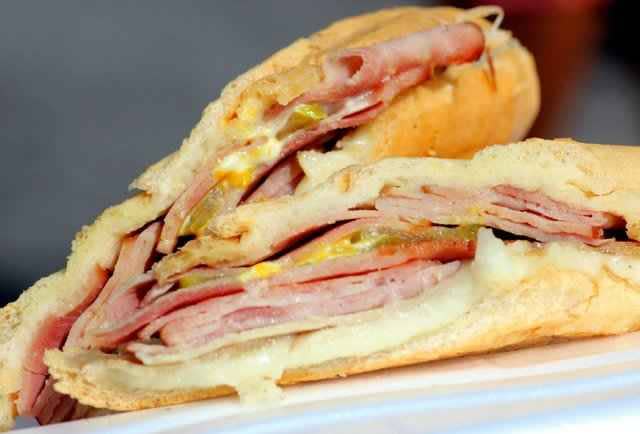
Credit: Matt Meltzer/Thrillist
Cuban sandwich
No, Cuba is not a city or a state in the United States, we know this. But most people associate this porktastic concoction with Miami, as it’s been the home to many Cuban immigrants since the 1950s. The sandwich, however, originated across the state in Tampa, where the original wave of Cuban immigrants moved to work in the cigar factories.
For lunch, workers would bring sandwiches with ham, roast pork, mustard, mayo, and pickles called Mixtos. As Italian immigrants began to work alongside them, Genoa salami was added and the original “Cuban” was born. And while Miami has its own version sans the salami, either way you fix one — it’s still the most iconic food in Florida.
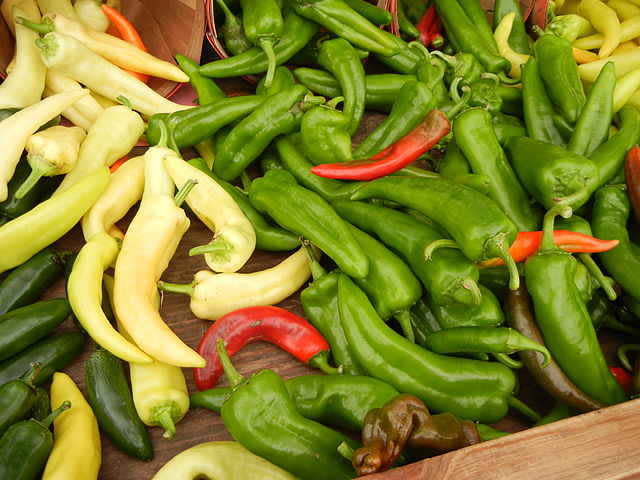
Credit: Wikimedia/OrchidGalore
Anaheim pepper
A more accurate name for these peppers might be the New Mexico Green Chiles of Anaheim. The long, green, mildly spicy chiles come from seeds of the New Mexico Green Chile brought to California in the 1890s by Emilio Ortega (You might recognize his name from the canned chile aisle at your grocery store). Ortega began canning the SoCal variety of the chile, hence “Anaheim” in the name.
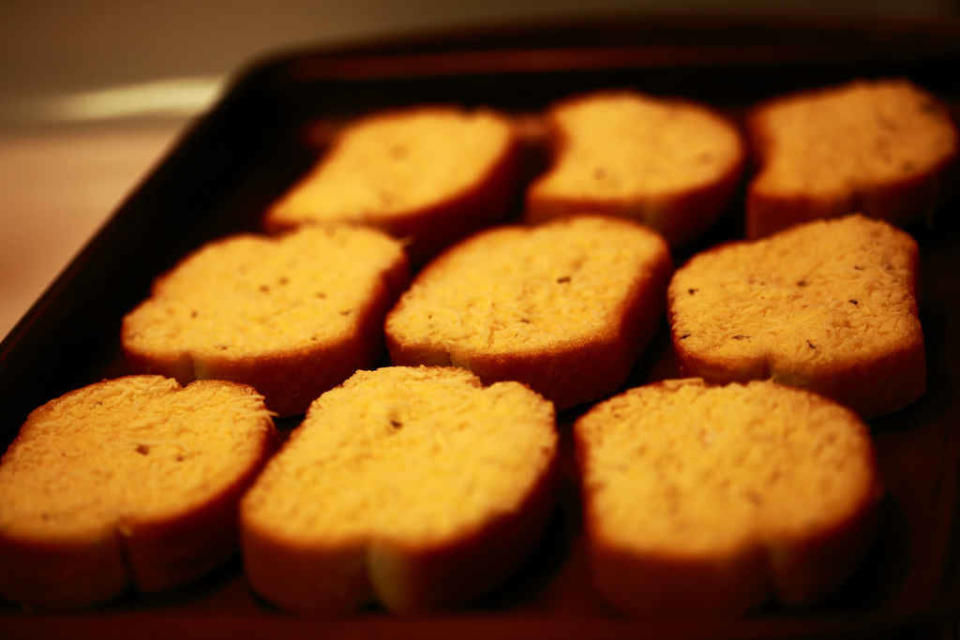
Credit: Flickr/Pink Sherbert Photography
Texas toast
Though you might think the oversized carb bombs you get with your chicken-fried steak are so-named because EVERYTHING is bigger in Texas, you’re only partly right. The toast originated at a chain of Texas restaurants called Pig Stand. The manager of several locations around Beaumont ordered thick-cut toast from a local bakery to try to entice his breakfast crowd, but then found the slices too thick for his toaster. A cook suggested slabbing them with butter and throwing them on the grill, and a Texas legend was born. Interestingly, the toast has outlived the restaurant: only one Pig Stand remains today, on Broadway in San Antonio.
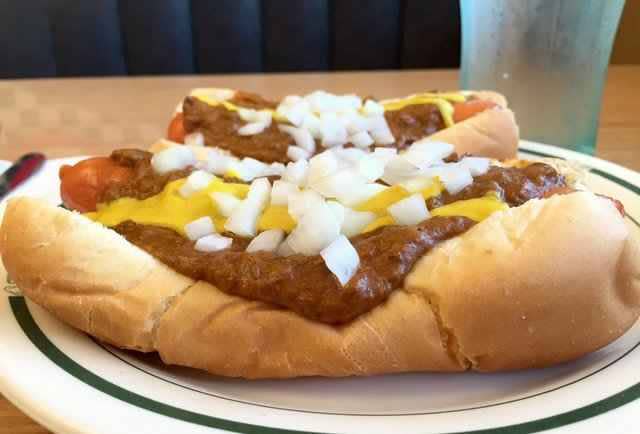
Credit: Jeff Waraniak/Thrillist
Coney dog
Poor Detroit. Not even its most famous food item wants to be associated with it, and would rather take its name from the home turf of The Warriors. But the name isn’t a tribute to Swan and Ajax; it’s a reference to where Greek immigrants first learned about hot dogs after arriving in New York City. Those immigrants ended up relocating to Detroit, and while the actual inventor of this hot dog covered in chili, mustard, and onions is hotly debated, whoever created it name new creation after Coney Island. Wanna learn more about the Coney? Here are 10 other things you probably didn’t know.

Boston baked beans
You don’t traditionally think of baked beans as a Thanksgiving food, but you should: The pilgrims actually learned the method of cooking beans in a giant clay pot from the Native Americans in New England. Originally sweetened with local maple syrup, cooks switched over to molasses when Boston became part of a major trade route with the West Indies. Toss in a little salted pork, and behold the oldest food named after a place in America.

California roll
Though nowadays chefs will throw avocado on a bowl of Cheerios and call it “California Cereal,” this roll wasn’t just some clever way to put avocado in an otherwise-avocado-less food. Back in the 1970s — when you couldn’t just FedEx fish across oceans — sushi chefs couldn’t get the rich, fatty toro used in maki rolls year round. So an enterprising chef at Tokyo Kaikan in Los Angeles used avocado instead for its creamy goodness, throwing in some crab for the fish flavor. Next thing you know, they’re being served at finer Citgo stations all across Iowa.
More from Thrillist:
10 Things You Didn’t Know About Cinnabon
10 Things You Didn’t Know About IHOP
10 Things You Didn’t Know About Whole Foods

